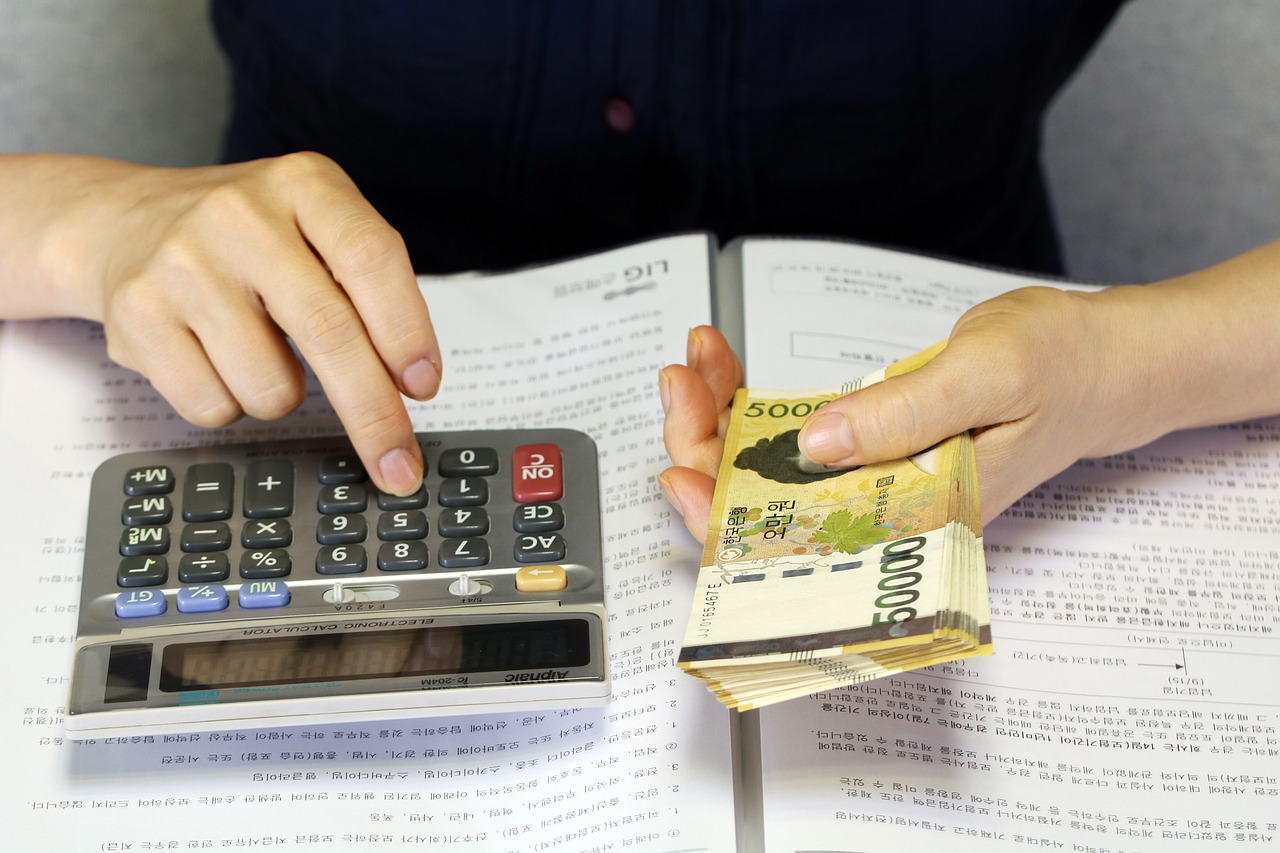USD/JPY Exchange Rate Dynamics: Key Factors, Trends, and Historical Insights
GPT_Global - 2025-11-12 14:00:51.0 12
What factors influence the exchange rate between the US dollar and the yen?
Understanding the exchange rate between the US dollar (USD) and the Japanese yen (JPY) is crucial for businesses, especially in the remittance sector. Several key factors affect this exchange rate, influencing how money is transferred across borders.
One primary factor is the economic performance of both countries. Strong economic growth in the US can lead to a stronger dollar, while Japan’s economic stability impacts the value of the yen. Similarly, interest rates play a significant role; higher interest rates in the US typically attract foreign investment, which can boost the dollar’s value against the yen.
Another important consideration is inflation. If inflation is lower in the US compared to Japan, the dollar may strengthen as its purchasing power remains more stable. Additionally, geopolitical events and trade relations between the US and Japan can create volatility, impacting the exchange rate as markets react to uncertainty.
For remittance businesses, fluctuations in the exchange rate can affect transaction costs and the value of funds sent across borders. It’s essential to track these factors closely to ensure optimal service for clients. Understanding these dynamics helps remittance providers offer competitive rates and predict currency trends effectively.

Has the value of the yen been stronger or weaker compared to the US dollar recently?
The value of the yen compared to the US dollar has been a point of focus in recent months, impacting various sectors, including remittance businesses. As of late, the yen has been weaker relative to the US dollar, a trend that has caused fluctuations in exchange rates. This weaker yen can affect the cost of sending money from Japan to other countries, particularly those with stronger currencies like the US dollar.
For remittance services, this shift means that customers sending money from Japan may receive fewer dollars per yen, which can influence the amount received by their recipients. This could encourage individuals to look for more competitive exchange rates, especially in markets where remittance fees are high. Remittance businesses, therefore, need to stay on top of these trends to offer the best value for their customers.
With a weaker yen, remittance companies may also need to adjust their strategies to cater to consumers looking for better rates. Understanding currency trends and offering solutions that accommodate these shifts could lead to more customer satisfaction and loyalty. Keeping a close eye on the yen-dollar dynamic is essential for businesses in this space to thrive.
What is the historical average exchange rate for 100 dollars in yen?
The exchange rate between the US dollar (USD) and Japanese yen (JPY) has fluctuated over the years due to various economic and political factors. Historically, the average exchange rate for 100 US dollars in yen has varied significantly, with the rate often hovering around 100 yen per dollar in recent decades. However, in the 1990s, the rate was closer to 120 yen for 100 dollars, reflecting a different economic climate.
For those involved in remittance services, understanding historical exchange rates can help in predicting trends and offering better advice to customers sending money to Japan. Remittance businesses can use these insights to minimize risks and provide competitive rates. A stable historical rate helps businesses to calculate potential profits and give more accurate estimations of costs to their customers.
Given the volatility of currency markets, it is important to stay updated on current exchange rates and work with reliable financial partners to ensure optimal remittance solutions. Historical averages are a useful tool, but real-time data should always guide decisions for cross-border transactions.
How often do exchange rates for dollars and yen fluctuate?
When it comes to the exchange rates for the U.S. dollar and the Japanese yen, they tend to fluctuate regularly due to a variety of economic factors. Currency values are influenced by interest rates, inflation, political stability, and international trade balances. For remittance businesses, this fluctuation means the cost of sending money from the U.S. to Japan (or vice versa) can change daily or even hourly.
These fluctuations are a result of market-driven forces, including shifts in supply and demand. The forex market operates 24/7, meaning the dollar-yen exchange rate is constantly adjusting. Large global events, such as changes in U.S. Federal Reserve policy or Japan's economic data releases, can cause significant volatility. Additionally, global economic crises, natural disasters, or geopolitical tensions may also impact the exchange rate.
For businesses in the remittance industry, understanding these trends is crucial to providing competitive and accurate exchange rates. By staying updated on market conditions, remittance providers can minimize costs for their customers and offer better rates, ensuring a more cost-effective transfer process.
Can 100 US dollars get me the same amount of yen today as it did last year?
```htmlIn today's world, where currency exchange rates fluctuate regularly, many people wonder if the same amount of US dollars can get them the same amount of yen as it did a year ago. The answer lies in the dynamic nature of foreign exchange markets, where rates can shift due to factors like inflation, interest rates, and global events. Over the past year, the value of the Japanese yen has experienced ups and downs against the US dollar.
For individuals involved in remittance services, understanding these fluctuations is crucial. If you're sending money to family or friends in Japan, the amount of yen received may vary depending on the current exchange rate. It's important to stay informed about the latest rates to ensure that your remittance transfers are as effective as possible.
To make the most out of your remittance transactions, it's wise to consult a reliable remittance provider who can offer competitive exchange rates and low fees. By choosing the right service, you can ensure that your recipients in Japan receive the maximum value for your US dollars.
```
About Panda Remit
Panda Remit is committed to providing global users with more convenient, safe, reliable, and affordable online cross-border remittance services。
International remittance services from more than 30 countries/regions around the world are now available: including Japan, Hong Kong, Europe, the United States, Australia, and other markets, and are recognized and trusted by millions of users around the world.
Visit Panda Remit Official Website or Download PandaRemit App, to learn more about remittance info.



